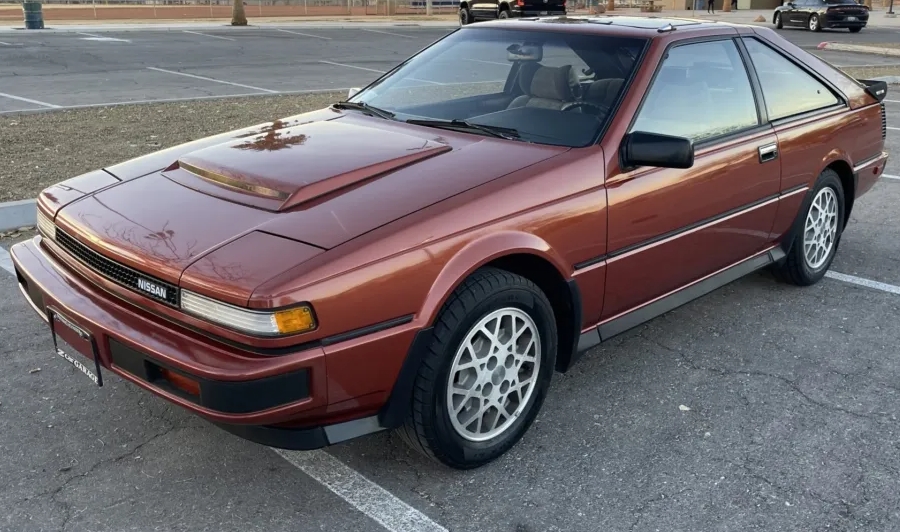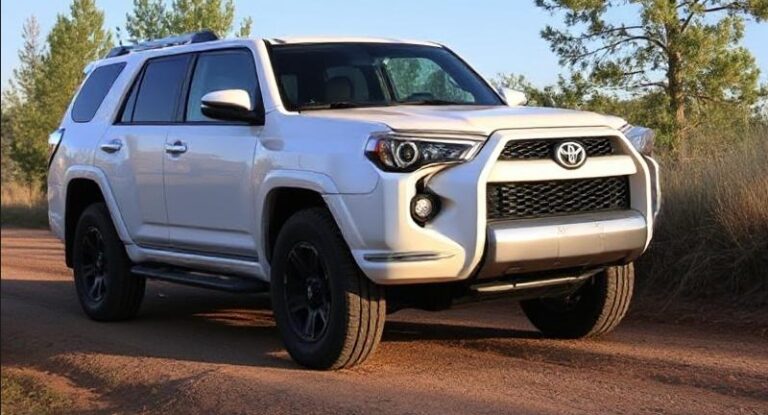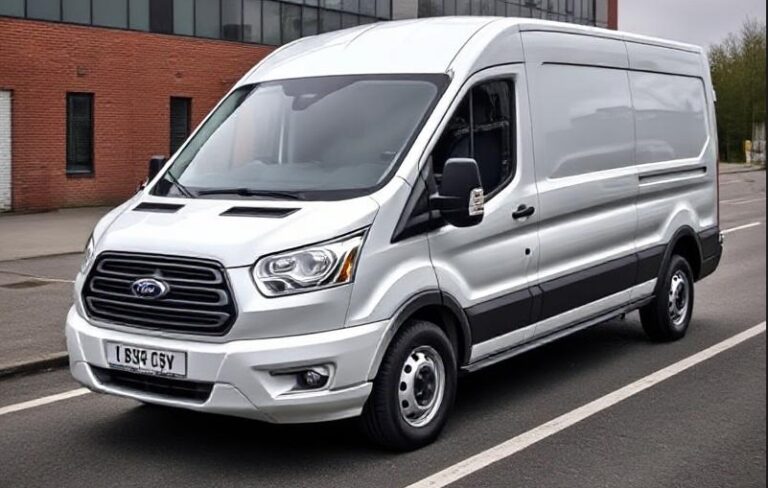The Nissan 200SX: A Tale of Two Continents and a Legacy Forged in Sportiness
The automotive landscape is dotted with nameplates that resonate with enthusiasts, cars that transcend mere transportation and become icons of performance, style, and driving pleasure. While not every model achieves legendary status, some carve out significant niches, captivating generations with their specific blend of attributes. The Nissan 200SX is one such nameplate, a car with a fascinatingly bifurcated history, evolving differently on opposite sides of the Atlantic, yet united by a spirit of sporty affordability. This article will delve into the evolution of the Nissan 200SX, tracing its lineage from its inception through its various iterations, highlighting the key models and trim levels that defined its journey across multiple decades.
Genesis: The Silvia Connection and the Early S10 (1975-1979)
The story of the 200SX in North America begins not with a blank slate, but with a transplant. In 1975, Nissan, then known as Datsun in the United States, introduced the Datsun 200SX (S10 chassis). This car was, in essence, the North American version of the Japanese Nissan Silvia (CSP311 and S10 chassis). The Silvia, since its debut in 1964, had been a more stylish, coupe-focused offering within Nissan’s lineup.
The first-generation 200SX arrived as a compact, rear-wheel-drive coupe, designed to offer a sportier alternative to other Datsun offerings like the popular B210. Its styling was characterized by clean, sharp lines, a relatively upright greenhouse, and a distinctive grille. Under the hood, the S10 was powered by Nissan’s L-series engines. In North America, this primarily meant the 1.8-liter L18 inline-four, producing a modest but adequate output for the era.
Trim levels for the S10 were relatively straightforward. Most were offered in a single, well-equipped trim that included features like air conditioning, power steering, and an AM/FM radio as standard. Optional upgrades might have included things like upgraded interior trim or alloy wheels. The focus was on delivering a stylish, affordable coupe with a sporty appeal, a formula that would become a recurring theme for the 200SX nameplate.
.

.
The Second Generation: A More Mature Persona and the S110 (1980-1983)
The second generation of the Datsun 200SX, designated the S110, arrived for the 1980 model year. This iteration saw a significant redesign, moving away from the sharp, angular lines of its predecessor towards a more rounded, aerodynamic aesthetic. The S110 was available in both coupe and a less common hatchback body style, aiming to broaden its appeal.
Engine options evolved as well. While the 1.8-liter engine continued in some markets, North America saw the introduction of a more powerful 2.0-liter L20B inline-four. However, the most significant engine for performance enthusiasts during this generation was the introduction of the Z18ET turbocharged engine, offering a welcome boost in power and a taste of forced induction for the compact coupe.
The S110 generation also saw a slight expansion in trim levels. While a base model was likely available, Nissan offered more premium packages that included features like enhanced interior fabrics, power windows, and more sophisticated audio systems. The introduction of the turbocharged “200SX Turbo” trim in 1982 was a pivotal moment, signaling Nissan’s commitment to performance within the 200SX lineage and laying the groundwork for future performance-oriented models.
The Birth of the “SX” and the Rise of the RWD Sports Coupe: The S12 Silvia (1984-1988)
The 1984 model year marked a significant turning point for the 200SX, not just in its design but also in its name. In North America, the car became the Nissan 200SX, shedding the Datsun badge entirely. This generation, based on the S12 Silvia platform, saw a dramatic shift in its design philosophy. Gone were the soft curves; in their place were sharper, more aggressive lines, a lower profile, and distinctive pop-up headlights, epitomizing the sporty coupes of the era.
The S12 was offered in two distinct body styles: a notchback coupe and a hatchback (often referred to as the “fastback” or “coupe”). This generation truly embraced its RWD sports coupe roots, offering a compelling package for those seeking an affordable and engaging driving experience.
The S12 generation is particularly notable for its engine options and the emergence of performance-oriented trims. In North America, the base engine was typically a 2.0-liter CA20E inline-four. However, the real star was the optional 1.8-liter turbocharged CA18ET engine, a potent powerplant that offered exhilarating performance. Later in the S12’s life, a 2.0-liter naturally aspirated engine, the KA24E, also became available in some markets, particularly towards the end of its run.
Trim levels became more defined. The “base” S12 offered a more stripped-down experience, focusing on core mechanicals and essential features. The popular “GTS” (Grand Touring Sport) trim level became synonymous with performance, often equipped with the turbocharged engine, sportier suspension tuning, and distinctive body kits or spoilers. Other trims might have focused on luxury or comfort, offering features like upgraded seating, power accessories, and premium sound systems. The S12 era solidified the 200SX’s reputation as an accessible entry point into the world of rear-wheel-drive performance.
The Iconic S13: Redefined Sportiness and the 240SX Moniker (1989-1994)
The 1989 model year saw the arrival of perhaps the most iconic iteration of the 200SX lineage, though it was rebranded in North America as the Nissan 240SX. This shift in nomenclature was driven by a change in engine displacement, moving to the larger 2.4-liter KA24E inline-four. This larger engine offered a substantial increase in torque and overall power, bolstering the car’s performance credentials.
The S13 generation was a masterpiece of design, striking a perfect balance between aggressive sportiness and elegant lines. It was offered in two primary body styles: a sleek notchback coupe and a highly popular hatchback (often referred to as the “240SX Hatch” or “Silvia Hatch” in some circles). The S13’s RWD platform, independent rear suspension, and well-balanced chassis made it a favorite among driving enthusiasts and a legend in the drifting community.
Engine-wise, the 2.4-liter KA24E was the standard powerplant for the North American 240SX. Early models produced around 140 horsepower, with later iterations of the KA24DE featuring dual overhead cams and variable valve timing, boosting output to approximately 155 horsepower. While turbocharging was a hallmark of previous generations, it was largely absent from the North American 240SX, with Nissan focusing on the naturally aspirated engine’s refinement and torque delivery. However, it’s important to note that in other markets, particularly Japan, the S13 Silvia continued with turbocharged options (SR20DET), further cementing its performance reputation globally.
Trim levels for the North American 240SX were generally categorized by their body style and package options:
- Base Model: Typically featured a more straightforward interior, manual windows, and basic amenities.
- SE (Sport Edition): Often included alloy wheels, a rear spoiler, upgraded interior trim, and sometimes a limited-slip differential.
- LE (Luxury Edition): Focused on comfort, with features like leather seats, a power sunroof, and a premium sound system.
The S13 240SX is revered for its handling, its tunability, and its ability to be a comfortable daily driver while also being a capable track or drift weapon. Its legacy is immense, with many examples still cherished and modified by enthusiasts today.
The Final Frontier: The S14 and the End of an Era (1995-1998)
The final generation of the 200SX/240SX lineage in North America arrived for the 1995 model year as the S14 240SX. This generation saw further refinement of the S13’s successful formula, with a more aggressive, muscular design language and updated styling. The S14 was offered exclusively as a coupe, marking the departure of the hatchback body style.
The engine remained the 2.4-liter DOHC KA24DE, now producing approximately 155 horsepower. While the engine was reliable and torquey, some enthusiasts longed for the return of a factory turbocharged option, a feature that had been absent since the S12 generation in North America.
The S14 generation saw a slight simplification of trim levels compared to the S13, with the primary distinction often being the inclusion of various option packages:
- Base Model: Offered essential features for an engaging RWD experience.
- Sport Package: This typically included alloy wheels, a limited-slip differential, fog lights, and sometimes sportier interior accents.
- Luxury/Convenience Package: Focused on comfort and features like automatic climate control, a premium audio system, and power accessories.
The S14 generation, while a competent and enjoyable sports coupe, faced increasing competition from other manufacturers and changing market trends towards larger, more powerful vehicles. Despite its solid engineering and engaging driving dynamics, it ultimately marked the end of the 200SX/240SX line in North America with its discontinuation after the 1998 model year.
The 200SX in Europe: A Different Path
It’s crucial to acknowledge that the “200SX” nameplate continued to be used by Nissan in other markets, most notably Europe, with a different set of vehicles. From 1995 to 1999, Europe received the Nissan 200SX (S14 chassis), which was essentially the same car as the North American 240SX. However, a key distinction for the European S14 200SX was the availability of the turbocharged 2.0-liter SR20DET engine, bringing back the forced-induction excitement that many North American enthusiasts had hoped for. This made the European S14 200SX a highly sought-after performance car.
Furthermore, in some European markets, the 200SX name was also applied to front-wheel-drive coupes and hatchbacks that were based on the Nissan Sunny platform (B11, B12, and later N14 generations). These cars, produced from the early 1980s to the mid-1990s, bore the 200SX badge but were mechanically and stylistically distinct from the RWD S-chassis cars. They were generally more budget-oriented and focused on fuel efficiency and practicality rather than raw performance. These European FWD 200SX models, while important to Nissan’s sales in those regions, are a separate evolutionary thread from the RWD sports coupe lineage that is most commonly associated with the 200SX/240SX nameplate.
Legacy of the 200SX
The Nissan 200SX, in its various North American incarnations as the Datsun/Nissan 200SX and ultimately the Nissan 240SX, left an indelible mark on the automotive landscape. It consistently offered an attractive blend of sporty design, rear-wheel-drive dynamics, and accessible pricing. From the early, somewhat understated S10 and S110 to the iconic, enthusiast-favorite S13 and the refined S14, each generation contributed to a growing legend.
The 200SX evolved from a stylish compact coupe into a bona fide sports car, particularly with the S13 and S14 generations. Its enduring appeal lies in its RWD platform, which provides an engaging driving experience, and its robust, tunable engines. While the nameplate eventually faded in North America, the spirit of the 200SX lives on in the hearts of enthusiasts and in the countless examples that continue to be driven, modified, and celebrated today, a testament to its lasting legacy of sportiness and affordability.







